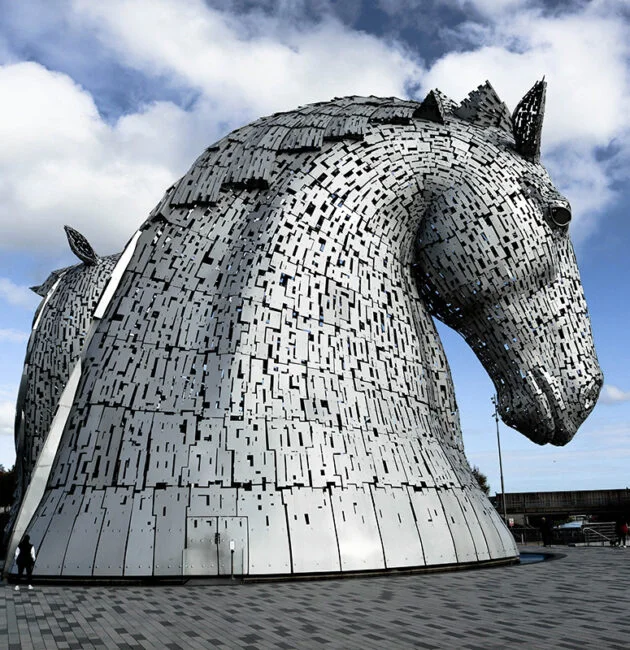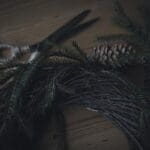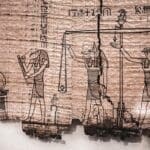
From Sea to Highlands: Exploring Scotland’s Mythical Creatures
(Originally written on eerieexpeditionsmagazine.com)
Scotland’s rich tapestry of myths and legends is as breathtaking as its rugged landscapes. These tales have been passed down through generations, inspiring awe and fear alike. Join us as we traverse the mystical realm of Scottish folklore, discovering the eerie and enchanting creatures that have captivated imaginations for centuries.
Selkies (Gaelic: maighdeann-mhara)
Imagine walking along the remote Scottish coastline at dusk, the sound of waves crashing against the rocks. Suddenly, a figure emerges from the sea—it’s a Selkie, a seal that can shed its coat to become human. These creatures are known for their alluring beauty in human form. However, their loyalty lies with the ocean, and they will return to the sea if their seal coat is found. Tales of Selkies often involve tragic romances, where human lovers hide their seal coats to keep them on land, only for the Selkies to eventually find them and disappear into the waves.
The Wulver
In the misty highlands of Shetland, legends speak of the Wulver—a wolf-like creature with a kind heart. Unlike the fearsome werewolves of other cultures, the Wulver is no threat to humans. It is often seen fishing and leaving fresh fish on the windowsills of impoverished families. This benevolent being bridges the gap between wolf and man, symbolizing an evolutionary stage in ancient Celtic beliefs. The Wulver’s presence is a reminder that not all monsters are to be feared; some are guardians of the downtrodden.
Dog Fairy (Gaelic: Cù-sìth)
Roaming the moors of the Scottish Highlands is the Cù-sìth, a mythical hound as large as a small cow with a shaggy coat. This eerie creature is known for its lethal hunting skills, stalking its prey in utter silence. The Cù-sìth’s most terrifying feature is its bark, said to be audible for miles. Those who hear its three barks must seek shelter immediately, or they will be overcome by fear and perish. This tale warns travelers of the dangers lurking in the dark, foggy moors.
Will-o’-the-Wisps (Gaelic: Teine biorach)
Picture yourself wandering through a desolate bog at night. Out of nowhere, ghostly flames appear, flickering and dancing in the darkness. These are Will-o’-the-Wisps, mischievous spirits said to lead travelers astray. Their eerie blue light lures the unsuspecting off their path, often leading to perilous situations. Described as the “mischievous spirits of the dead” or even “gnomes,” these haunting lights remind us to tread carefully in the unknown.
Banshee (Gaelic: bean-nighe)
The Bean Nighe, or banshee, is a spectral figure often seen washing blood-stained clothes by isolated streams. She can appear as a hag or a beautiful woman, always dressed in green with webbed feet. Her presence is a harbinger of death, and those who encounter her may be granted wishes or learn the names of the soon-to-be deceased. The banshee’s mournful wails have haunted the Scottish imagination for centuries, a chilling reminder of mortality.
The Kelpies (Gaelic: Each-Uisge)
Standing proudly by the Falkirk Canal are the sculptures of two giant horse heads, embodying the Kelpie legend. These shape-shifting water spirits often take the form of horses, luring weary travelers onto their backs. Once mounted, the rider cannot dismount, and the Kelpie drags them into the dark waters to drown and devour them. The Kelpies symbolize the untamed and treacherous nature of Scotland’s waterways.
Fairies (Gaelic: sìth)
Fairies, or the “wee folk,” are prominent figures in Scottish folklore, divided into the Seelie and Unseelie Courts. The Seelie Court, though mischievous, is less malevolent, while the Unseelie Court is known for its maliciousness. These fairies can bring both fortune and misfortune, making them beings to be both revered and feared. Their stories teach us about the duality of nature and the importance of respecting the unseen world.
Cait Sith (Cat Fairies)
The Cait Sith, or cat fairies, are described as large, slender cats with a distinctive white patch on their chests. They are believed to steal the souls of the unburied dead, preying on locations where bodies are prepared for funerals. Interestingly, Cait Sith walk on all fours near humans but stand on their hind legs when unobserved. This duality suggests they could be witches in feline form, capable of transforming nine times before becoming permanently feline—a nod to the myth of cats having nine lives.
Big Grey Man of Ben Macdhui (Gaelic: Am Fear Liath Mor)
High in the Cairngorms, the tallest peak, Ben Macdhui, is haunted by the Big Grey Man, or Am Fear Liath Mor. This ten-foot-tall creature with long arms and broad shoulders is often shrouded in fog. Climbers report hearing crunching gravel and strange whispering voices when it is near. Some even claim to hear enchanting melodies. The Big Grey Man’s elusive presence adds to the mystery and allure of Scotland’s highest peaks.
Each of these creatures from Scottish folklore embodies a unique aspect of the landscape and culture from which they emerged.
From the benevolent Wulver to the dangerous Kelpie, these tales have shaped the collective imagination of Scotland for generations. They serve as reminders of the mysteries that lie just beyond the veil of the everyday world.
These legends continue to inspire awe and caution, drawing us into a world where the lines between reality and myth blur. Whether you’re a seasoned folklorist or a curious newcomer, the creatures of Scottish folklore offer a captivating glimpse into the past and a never-ending source of wonder.



